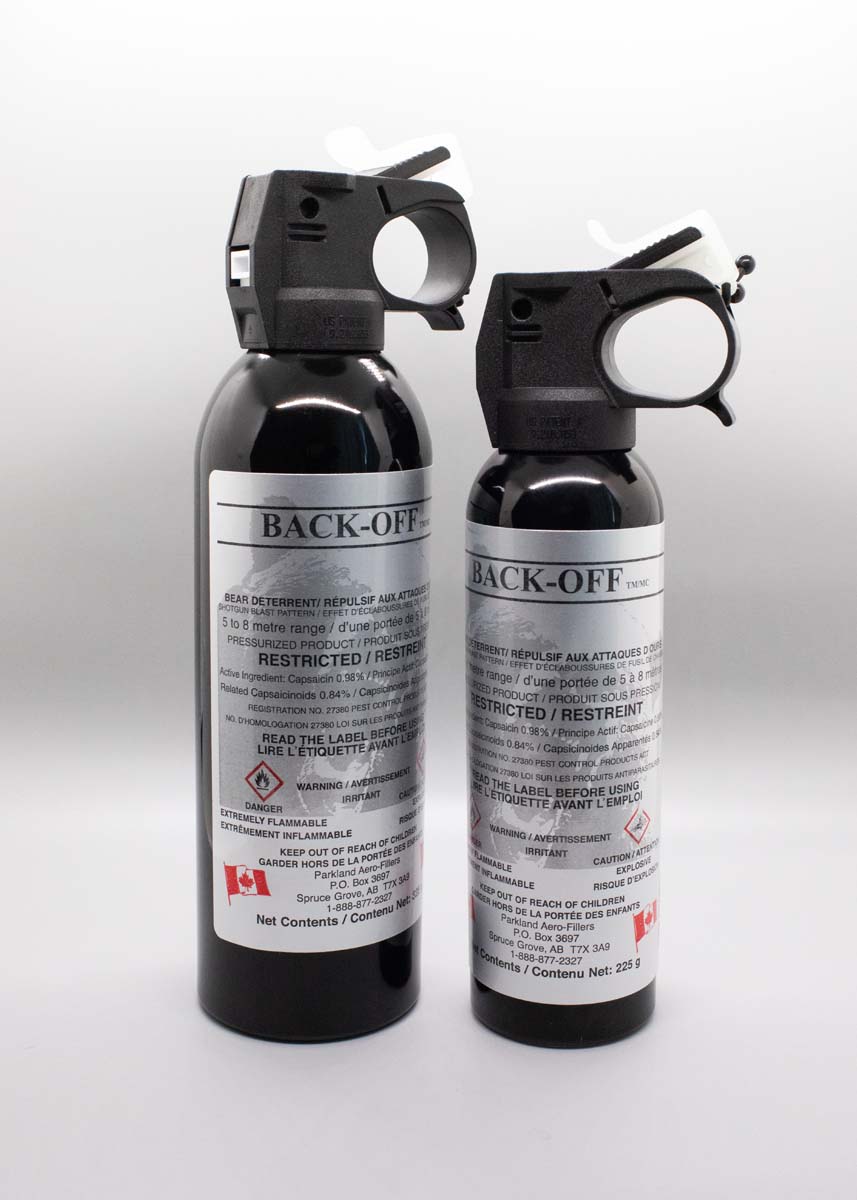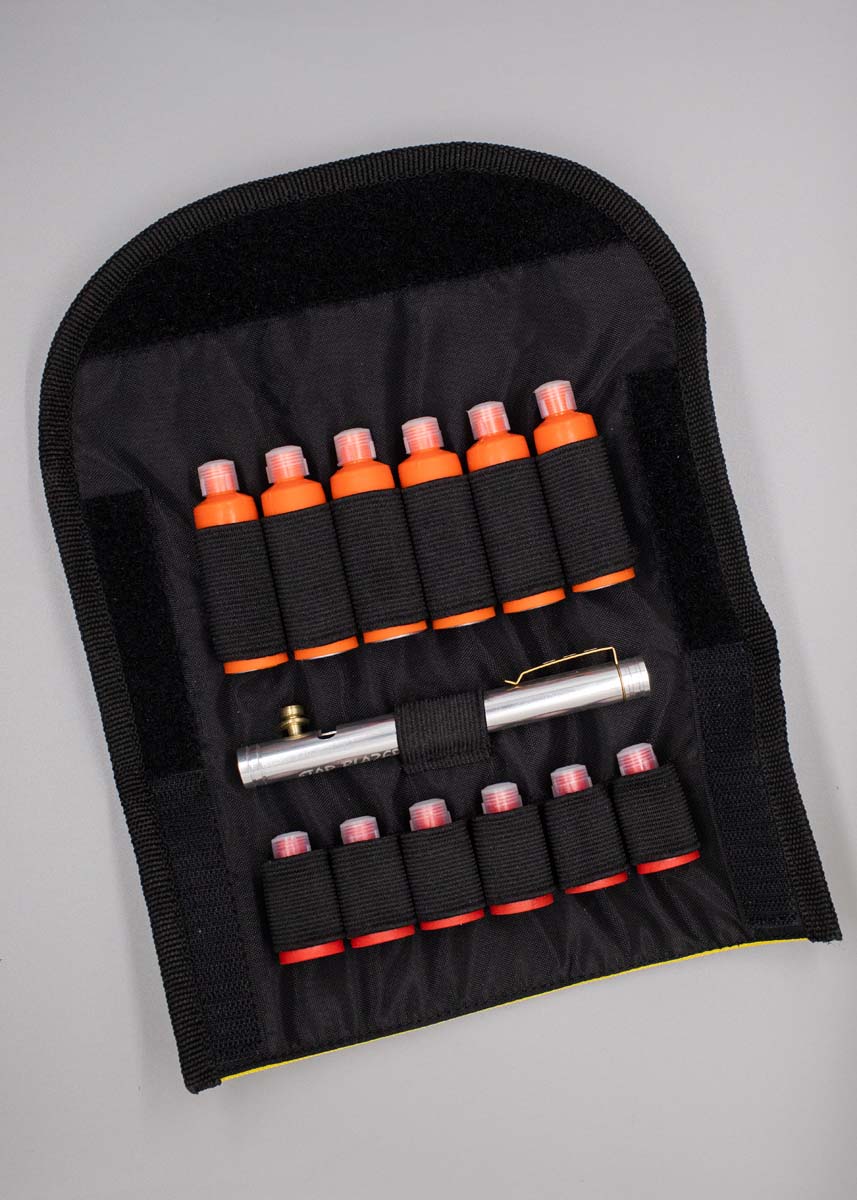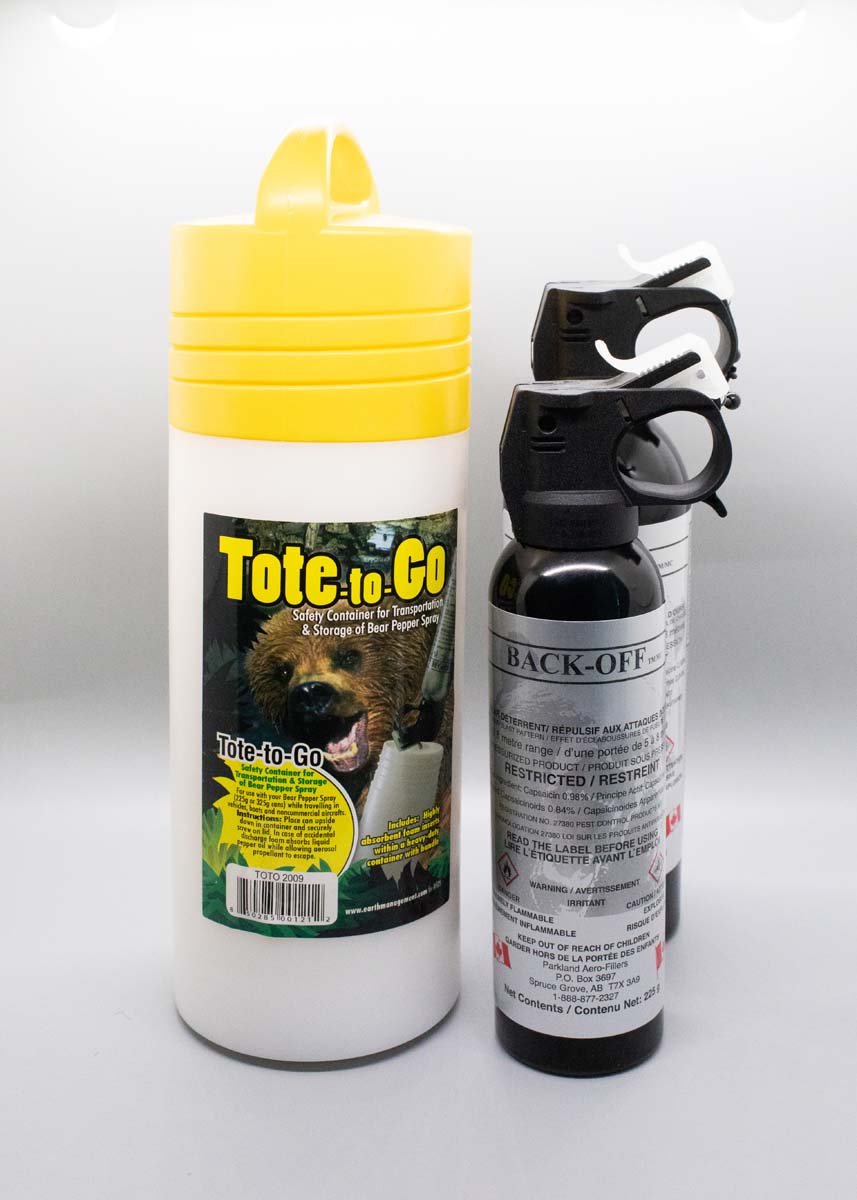Bear Deterrent Questions & Answers
Responding to a Bear, Cougar, or Wolf Attack
If you are planning to hike or camp in areas where bears are present, you may want to consider using a bear deterrent product to protect yourself and your belongings. Here are some common questions and answers about bear deterrent products:
Q – What are bear deterrent products?
A – Bear deterrent products are devices or substances that are designed to discourage bears from approaching or attacking humans. They can include sprays, horns, bells, whistles, and flares.
Q – How do bear deterrent products work?
A – Bear deterrent products work by creating a sensory stimulus that is unpleasant or frightening for bears, such as a loud noise, or a bright flash. These stimuli can cause bears to retreat or avoid the source of the disturbance.
Q – Are bear deterrent products effective?
A – Bear deterrent products can be effective in some situations, but they are not foolproof. They depend on factors such as the type and quality of the product, the distance and direction of the bear, the wind and weather conditions, the behavior and motivation of the bear, and the user’s skill and experience. Bear deterrent products should not be relied on as the only means of preventing bear encounters or attacks. They should be used in combination with other safety measures, such as avoiding bear habitats, storing food and garbage properly, making noise while hiking, and following park regulations.
Q – What are the advantages and disadvantages of different types of bear deterrent products?
A – Different types of bear deterrent products have different pros and cons. For example:
– Bear Spray is a pressurized canister that emits a cloud of capsaicin, a chemical that irritates the eyes, nose, mouth, and lungs of bears. It is easy to use and carry, and it has been proven to be effective in many cases. However, it has a limited range (usually 10 to 30 feet), it can be affected by wind and rain, it can cause accidental exposure to humans or pets, and it can expire over time.
– Bear Horns are devices that produce a loud sound that can startle or scare away bears. They are lightweight and inexpensive, and they can be used repeatedly. However, they may not work on habituated or aggressive bears, they may attract unwanted attention from other animals or people, and they may lose their effectiveness if overused.
– Bear Flares and Bangers are devices that shoot a bright flare into the air that can deter bears with its noise and light. They are portable and easy to use, and they can be effective at night or in low-visibility conditions. However, they have a limited number of shots (usually one or two), they can be dangerous if mishandled or misfired, they can cause wildfires or environmental damage, and they may not work on all bears.
– Bear Bells and Whistles are good deterents that let the bears know you are in the area and in most situations will cause them to leave before they are surprised by your presence.
Q – What is a confrontational bear deterrent vs. a non-confrontational bear deterrent?
A – Non-confrontational Deterrents are used to avoid confrontation with Bears and other predators by making them aware of your presence when you are in their territory. Noisemakers such as Bear Bells, Whistles, Air Horns, and loud talking let’s wildlife know you are present. In most cases this will cause wildlife to move away from your presence without being detected. Many wilderness explorers have had the situation where they have suddenly been confronted by a predator they surprised, causing the animal to have to react with a “Flight” or “Fight” response leading to a few moments of tension between them and the animal. Confrontational Deterrents are Bear Sprays as they are used as a last resort to stop an animal that has decided to attack.
Q – What is the purpose of inert bear spray?
A – Inert bear spray is used for training purposes and does not contain the ingredients to cause burning.
Q – What is the correct procedure for safely disposing of expired bear spray?
A – To responsibly dispose of bear spray, empty the contents in a place away from people. Once the can is empty, contact your local solid waste management company to find responsible disposal options in your region. Bear spray is considered hazardous waste – do not put it in the recycling.
Q – What should a person do if bear spray accidently meets skin or eyes?
A – Leave the area to get to safety and away from any danger and airborne spray. Flush affected areas of contact with cold water for 15 minutes. Burning affect will be significantly reduced in 10 to 15 minutes and not cause permanent harm if not able to flush immediately.
Q – Can bear spray be used again once it has been sprayed?
A – Once Bear Spray has been used it’s reliability for future use has been compromised. Using more than once in a single event until it is empty is fine and considered best practice.
Product Categories

Confrontational Deterrents
Bear/Predator spray is a non-lethal weapon, essential when traveling in the backcountry. Its effect wears off in 30-45 minutes and has no known permanent effect on animals or humans.
During discharge, a very wide shotgun pattern can be noticed, so it is not necessary for much training or practice to be accurate and effective. Use short blasts as necessary. Bear Spray is prohibited on passenger planes and is classified as a restricted weapon.
Non-Confrontational
Non-Confrontational Bear/Predator Deterrent products are primarily used to alert potential predators of humans in the area. These include noisemakers such as Bells, Whistles, Air Horns, and include Pyrotechnics such as Bear Bangers/Crackers and Pen Launchers.


Accessories
Holsters, Waterproof Tote and Deluxe Pouch for your Pyrotechnics.
